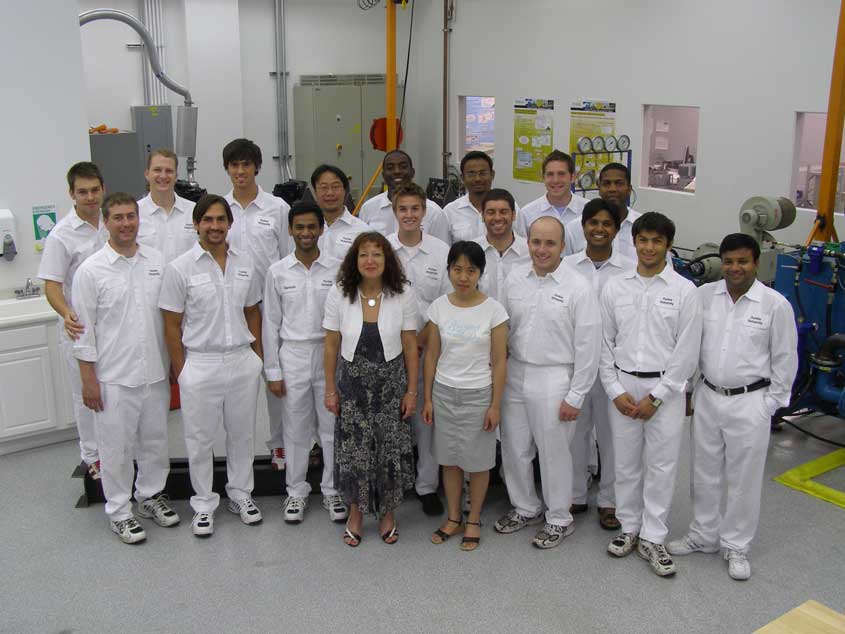Managing Research at the Interface of Disciplines
ERCs were created to operate at the interface between scientific discovery and industrial innovation. As “cross-disciplinary” organizations, they also operate at the interfaces between traditional disciplines not only in engineering, but also in natural science, computer science, business, and the social sciences, for example.,.
The need to manage research and related activities at these interfaces is part of what defines an Engineering Research Center. ERC research programs are organized into a variety of “thrusts” and test beds that together comprise a coordinated approach to managing research to achieve the center’s major research and engineered systems goals. These research thrusts are each managed by a thrust leader who is part of the center leadership team, who is responsible for organizing the faculty and student researchers working on that thrust, and who is in continual communication with the other thrust leaders and the Center Director as they move toward completion of research milestones defined in the center’s strategic research plan. It requires an unusually creative and skilled leader to manage this type of academic research. “Herding cats” is a phrase that is often heard.
The ERC Best Practices chapter on “Research Management” describes this activity in detail.
Managing Research at the Interface of Disciplines
ERCs were created to operate at the interface between scientific discovery and industrial innovation. As “cross-disciplinary” organizations, they also operate at the interfaces between traditional disciplines not only in engineering, but also in natural science, computer science, business, and the social sciences, for example.,.
The need to manage research and related activities at these interfaces is part of what defines an Engineering Research Center. ERC research programs are organized into a variety of “thrusts” and test beds that together comprise a coordinated approach to managing research to achieve the center’s major research and engineered systems goals. These research thrusts are each managed by a thrust leader who is part of the center leadership team, who is responsible for organizing the faculty and student researchers working on that thrust, and who is in continual communication with the other thrust leaders and the Center Director as they move toward completion of research milestones defined in the center’s strategic research plan. It requires an unusually creative and skilled leader to manage this type of academic research. “Herding cats” is a phrase that is often heard.
The ERC Best Practices chapter on “Research Management” describes this activity in detail.
